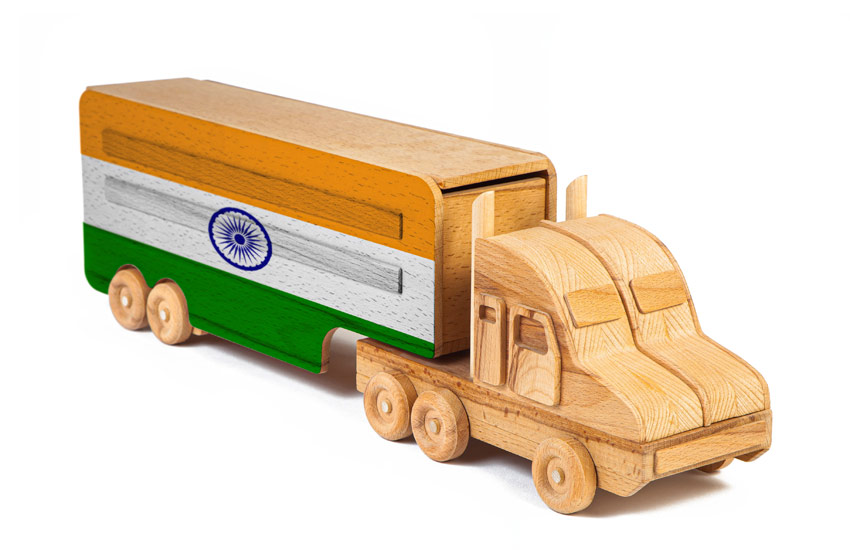This week Citi India announced it acted as issuing bank for a Letter of Credit (LC) using the Contour blockchain network working with its client, the manufacturer Cummins. It’s the first Contour transaction for Citi India and the first domestic letter of credit executed on Contour, a network that includes 17 major banks.
Contour digitizes the letter of credit process, which has traditionally been an extremely paper intensive trade finance process taking five to ten days to complete. In contrast, the Cummins LC was generated within three hours. By doing away with some of the paperwork, it is also more secure because digital documents can be electronically signed, making them harder to forge.
Both Cummins and its customer are Citi clients. Citi participated in Contour’s Series A+ funding in mid-2021.
“Platforms such as Contour bring together multiple partners involved in a trade transaction while eliminating the need for paper-heavy documentation and is a critical enabler of trade digitization,” said Mridula Iyer, Head of Treasury and Trade Solutions, Citi South Asia.
The blockchain trade and trade finance sectors have experienced several setbacks in the last few months with the shuttering of trade finance networks we.trade and Marco Polo as well as Maersk’s TradeLens network targeting container shipping.
One of Contour’s advantages is the underlying trade finance process Letters of Credit is one of the most widely used trade finance instruments compared to some of the novel trade finance offerings by the two failed networks. Instead, Contour makes the process more paperless and efficient.
Recently the sector received a major boost with the commitment to adopt electronic bills of lading (eBL) by many of the world’s largest container shipping carriers. Bills of lading are a key piece of paperwork used in the letter of credit process.
The Digital Container Shipping Association (DCSA) secured a commitment from the container carriers to go electronic for 50% of bills of lading within five years, and 100% within a decade.






